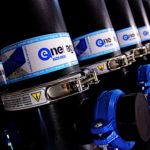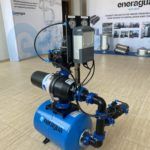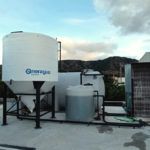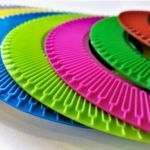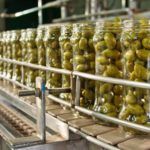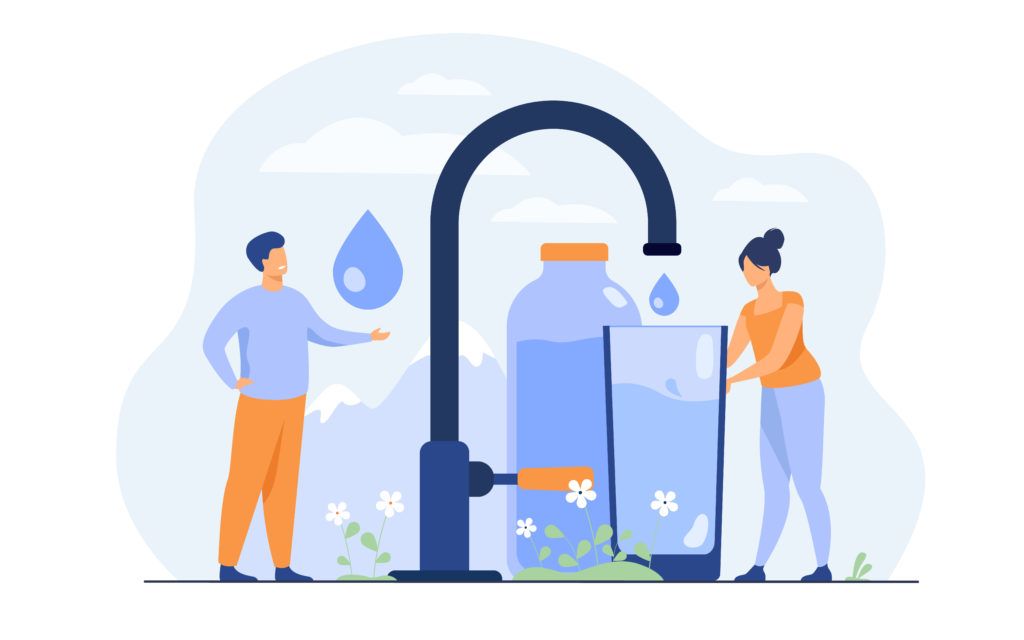
Water is a limited and increasingly scarce resource that we must care for and optimize in the best possible way. Sometimes, we are not aware of the misuse we make, and the importance of saving water, both for our family’s economy and for more sustainable consumption. Today, we want to help you save water in your home with simple and practical tips.
How can you save water in your home?
- Switch baths for showers. Did you know that, on average, you save 400 liters per day by showering?
- Keep the tap closed while brushing your teeth, washing your hands, or cleaning dishes. It may seem obvious, but many people still leave it open, wasting 70% more water.
- Choose an efficient faucet. According to the OCU, you can check if yours is efficient by letting it run for half a minute and measuring the collected water. If it’s more than 4 liters, the faucet is not efficient.
- Use faucet water-saving devices. If your faucet is not efficient and you want to avoid changing it, you can use these devices:
- Flow limiter: Reduces flow by constriction or the addition of filters, allowing you to save up to 50% of water.
- Aerators or diffusers: These devices mix air with water, even if the pressure is low. Water droplets come out in the form of pearls, giving the feeling of a generous stream.
- Flow switches: Whether by presence detector, turning on if hands are underneath, or by a timer automatically cutting off water.
- Travel limiters: Single-lever faucets tend to open fully, letting out the maximum flow even when not needed. With a travel limiter, you will ensure that only the right amount of water comes out.
- Use a dual-flush toilet cistern. It is a good water-saving option in your home, but if you don’t want to change it, we recommend:
- Saving device: Replace the internal device with a saving device with an extra button.
- Discharge limiter: Place a discharge limiter in the overflow pipe or on the toilet flush valve. Thus, when flushing the cistern normally, only about 3 liters will come out, and if held down longer, it will flush completely.
- Purchase your washing machine and dishwasher with an A+, A++, or A+++ label. This way, you will save up to 50% of water consumption with their saving systems and half-load programs.
The importance of caring for and valuing water consumption in homes is fundamental to human life. Many people worldwide do not have access to this precious resource, with two-thirds of the global population living in water scarcity conditions. The World Economic Forum lists water crises as one of the top five risks in terms of their potential impact on the world economy.
At Eneragua, specialists in the development and implementation of water treatment systems, we are aware of the need for sustainability in the consumption of this resource and the fulfillment of the Sustainable Development Goals that include water treatment and consumption worldwide.
Is there any advice you consider important for saving water in your home? Share it with us, and let’s work together for a better planet.

